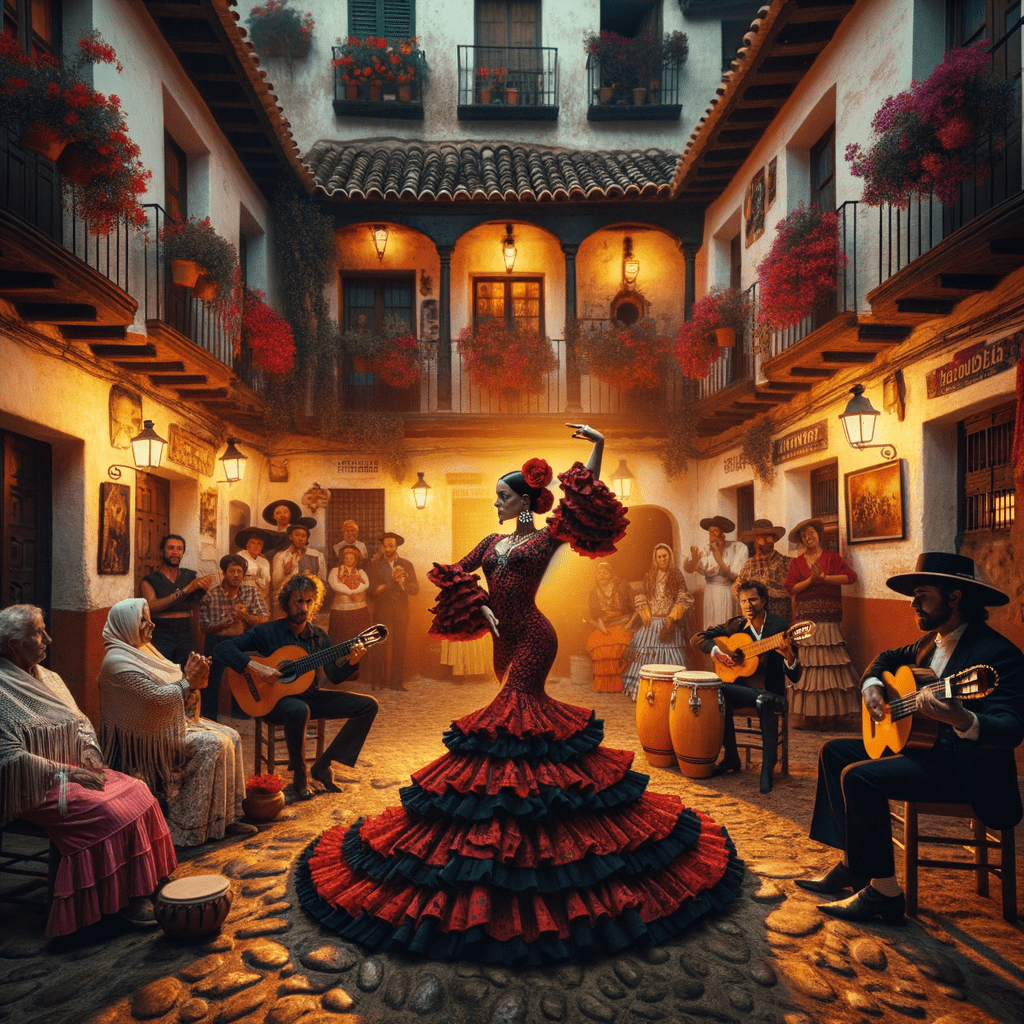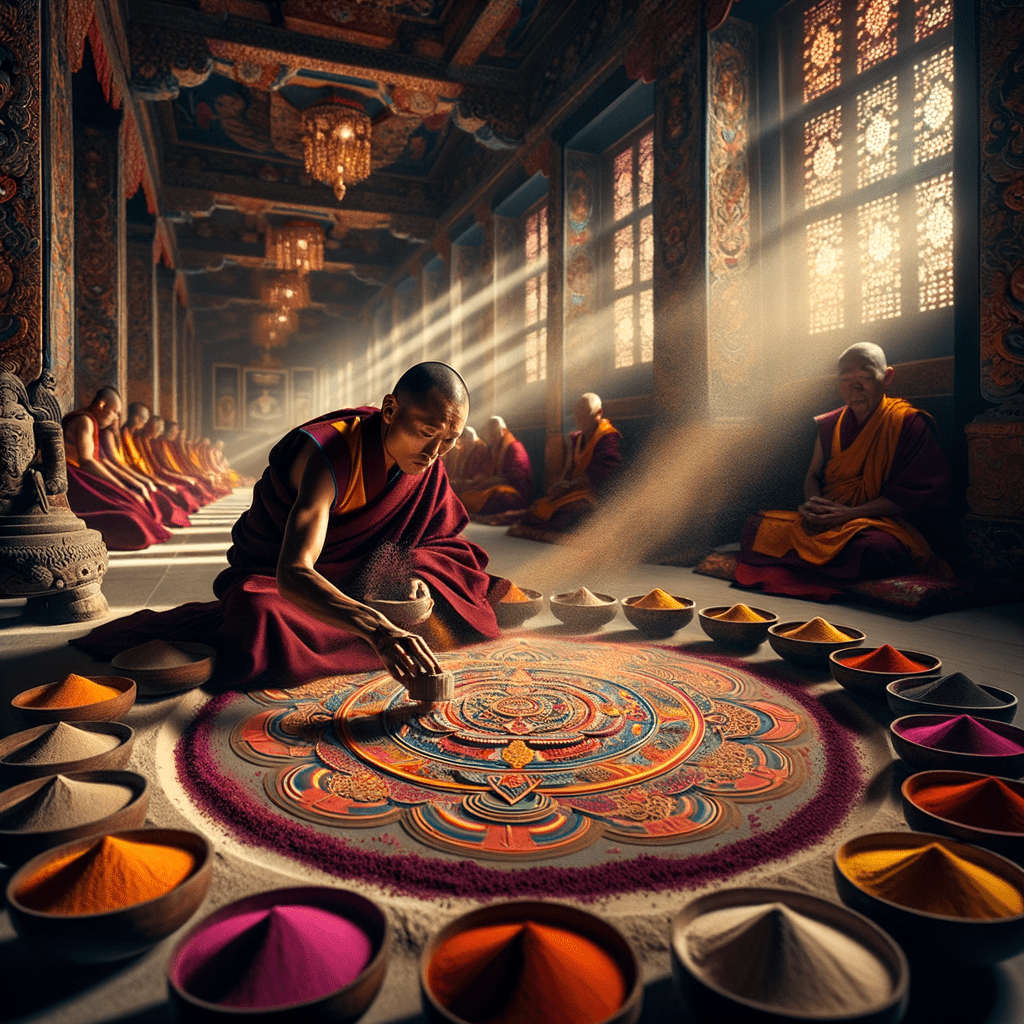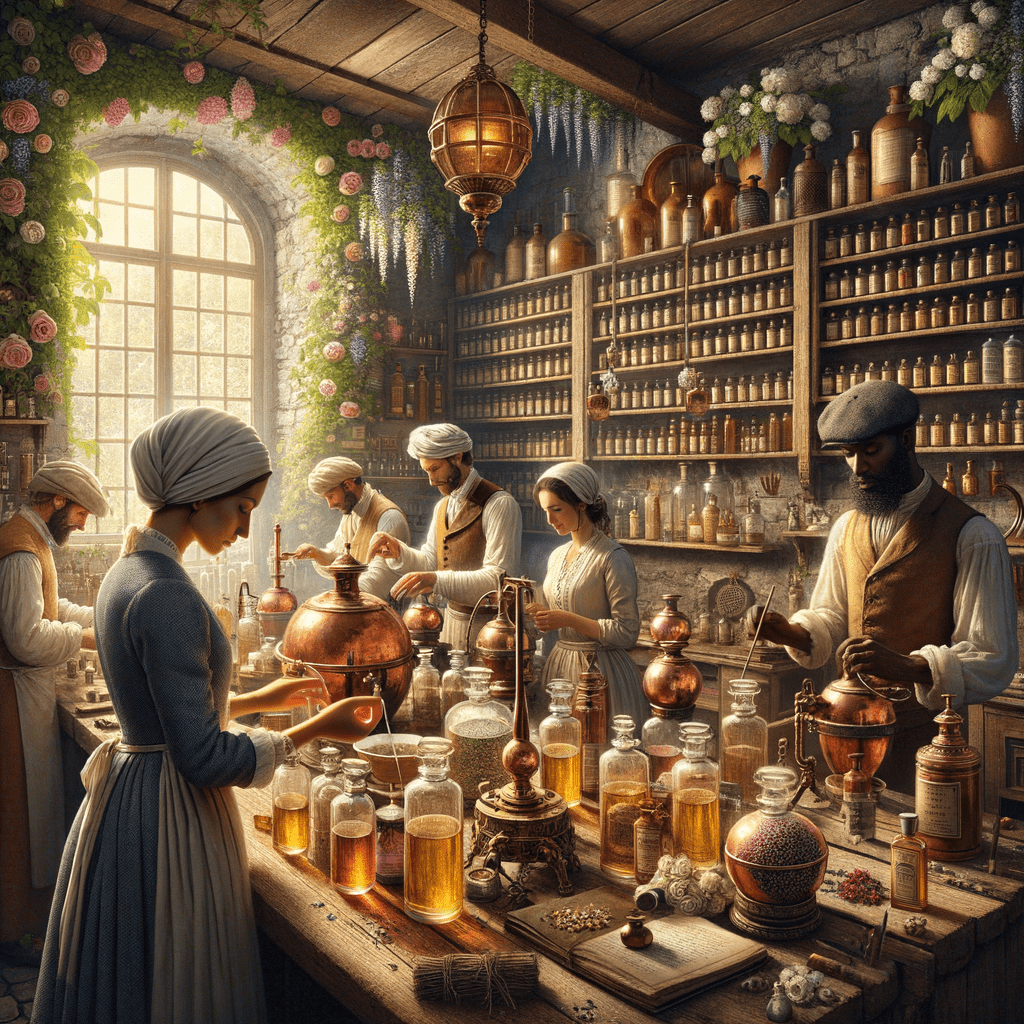Ah, Flamenco! Just saying the word gives my heart a little jolt of excitement. Andalusia pops into my head, with its swirl of vibrant dresses, the moody strumming of guitars, and vocals that seem to pierce straight into the heart. I imagine it’s not just me who gets swept away by such thoughts. Flamenco has this nearly magical allure, especially when you experience it in its birthplace.
Let me try to put my feelings into words. Flamenco isn’t just music or dance—it’s like a living, breathing soul of a whole culture. There’s this raw, unfiltered intensity to it that seems to dive straight into the human soul. Is it the high-octane guitar notes, or the dancers who seem to narrate stories with every single move? Or maybe it’s the singer’s voice that haunts you long after the music fades? Probably all of that, creating a rich canvas of emotions that pulls you in deeper than you ever expected.
Flamenco’s Deep Roots
You might be surprised to know just how deep Flamenco’s roots go, tangled in time and history. Understanding its essence means trekking back through history, following the paths of gypsies, Moors, and even Jews—a true blend of cultures. It didn’t just pop into existence; it grew, borrowing from here, lending to there, gaining depth with every passing century.
And that brings me to the part I love—this sense of resilience. In today’s ever-shifting world, Flamenco holds onto its core. It’s grown, just like the folks of Andalusia, each with their own tales of hardship and triumph. Flamenco is like a lighthouse, standing strong, unyielding yet full of life.
The Heart and Soul
Our modern lives often feel like they’re on fast-forward, everything rushing by. Yet, Flamenco tells you to pause, to really feel. It’s not just about listening—it’s about experiencing. It’s like standing on the edge of a cliff, toes curled as the breeze makes you catch your breath. It’s exhilaratingly terrifying, and indelibly moving.
I remember being completely captured by a Flamenco show in Seville, on one of those warm summer nights. The room was alive with anticipation, every eye glued to the stage. Then, like the world taking a collective breath, the first note sounded. The guitarist’s fingers seemed to dance on their own. I watched, entranced, as the dancer, fueled by sheer passion, took to the floor. That moment? It’s etched in my memory forever.
The Ties That Bind
Flamenco isn’t just an unforgettable show—I think it’s this powerful sense of belonging it brings. There’s this link, this invisible thread binding the performers with us, the audience. It makes you feel like you’re part of something bigger, something shared. In those moments, I feel Flamenco truly shines—between the people, in the shared pulse of hearts feeling together.
For me, Flamenco flips the idea of being a passive audience on its head. It pulls you in and makes you part of its story. You aren’t just watching; you’re feeling, you’re involved. I think this connection is the secret to its enduring legacy in Andalusia—constantly preserving history while knitting connections with every beat.
Andalusian Flavor
And then there’s Andalusia itself—a place straight out of legends. The cobblestone streets, the sunlit courtyards, it’s a sensory feast. And in this magical place, Flamenco feels like it’s found its true home. The rhythm of the region—it beats in sync with every stomp of a dancer’s heel, every impassioned shout of a cantaor.
But truly, it’s the people who breathe life into Flamenco. It’s in the old man who smiles while tuning his guitar, a young girl mastering her first dance steps, or the grandmother who still raises her voice in song at family dinners. This isn’t a relic conserved under museum glass—it is alive, part of everyday lives.
Romanticizing the past is easy, painting it with nostalgia-soaked brushstrokes, but Flamenco isn’t fossilized in time. It’s fiercely rooted but open to change. That’s what draws people in from around the world, why it echoes across cultures, why it thrives now more than ever.
Contemporary Challenges
Of course, the river of time spares no one. There are traditionalists and critics who fear that modern Flamenco might lose its essence. So, how does it stay true to its origins while adjusting to a whirl of change?
I won’t pretend to have the answers. Maybe Flamenco, like all traditions, needs a conversation both ways—between those who guard it dearly, and those who push its boundaries. It’s about cherishing the past while reaching toward the future, about growing by embracing change.
In a way, Flamenco’s path is like ours as humans. We’re always tied to our pasts yet drawn by dreams of who we might become. It’s beautifully messy, truly human—and perhaps that’s why Flamenco speaks to us so deeply.
Preserving the Passion
Ultimately, for me, Flamenco isn’t about hitting every perfect note—it’s about baring one’s soul. It’s about joy that overflows and tears that won’t be held back. It’s in the quirks, the missed beats that Flamenco finds its humanity.
For Flamenco to survive, it has to be alive—felt, experienced, passed from generation to generation. Preservation means keeping it vivid, letting it fill the hearts and hands of those who cherish every note and step.
Finale: A Dance Not Yet Finished
As I reflect on the Flamenco legacy in Andalusia, I’m filled with appreciation. For the artists pouring their souls into every performance, for the region nourishing such beauty, for the world offering me this moving experience. If Flamenco keeps touching hearts and bringing people together, then its legacy isn’t just something looking back. It’s alive in every beat, every note, every heart willing to embrace it.
And perhaps that’s Flamenco’s enduring magic—it loves with abandon, expresses without reservation, and bridges divides with a rhythm that refuses to fade. What a wondrous legacy that is.












